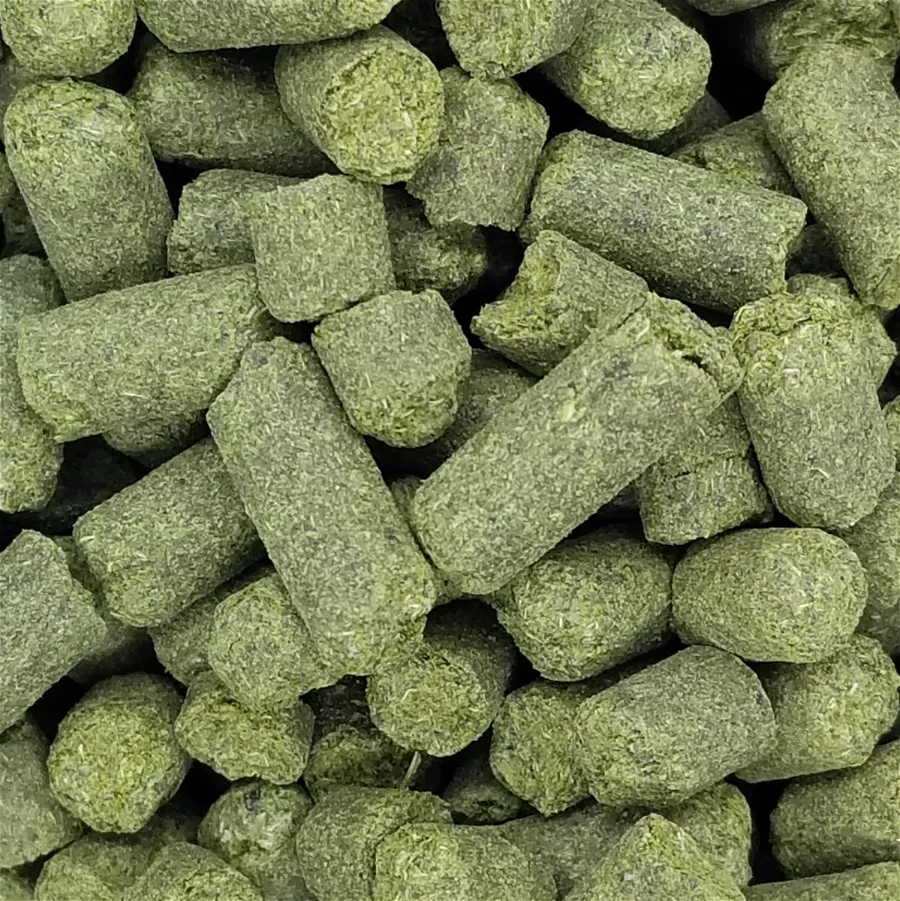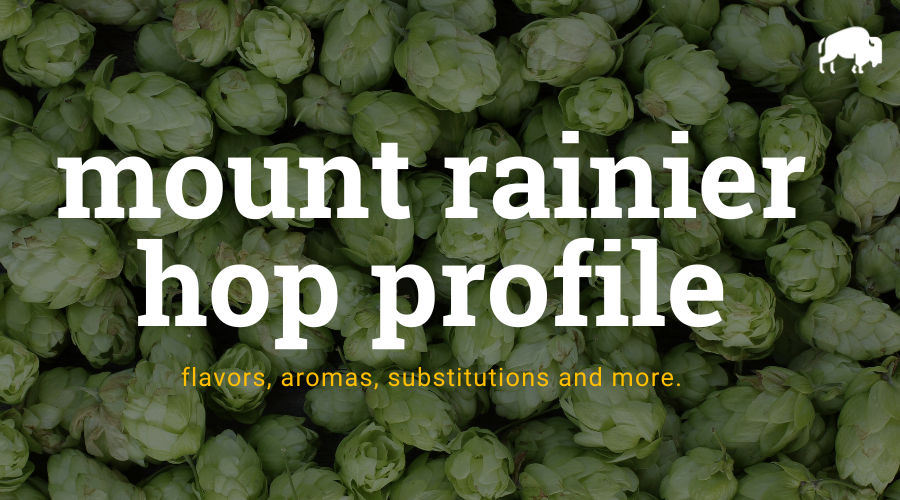
Mt. Rainier hops were bred by Oregon State University, originating from a cross between Magnum and USDA 19085M. This dual-purpose hop was developed in 1994 and released in 2009, boasting noble aroma characteristics similar to the German Hallertau Mittelfrüh variety but with added bittering strength.
The aroma profile of Mt. Rainier hops includes a mix of citrus, earthy, fruity, and herbal notes. Specific descriptors for this hop are grass, cedar, lemon, and tea, along with noble, licorice, and floral bouquet elements. The unique blend of scents gives it a versatile flavor and aroma that can be used in various stages of the brewing process.
Mt. Rainier hops are well-suited for brewing various beer styles, including lagers, American ales, and porters. Additionally, they work well in German-inspired beers like Pilsners or Helles. They can also add to rich, roasty stouts, providing a subtle, balancing bitterness and complex aroma.
| Usage: | Dual-Purpose |
| Country of Origin: | United States |
| Hop Growers Code: | MTR |
Where To Buy Mount Rainier Hops
Mount Rainier Flavor And Aroma
Mount Rainier is a dual-purpose hop that is often described to have the following aroma characteristics:
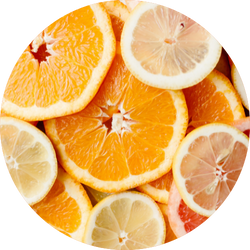
citrus
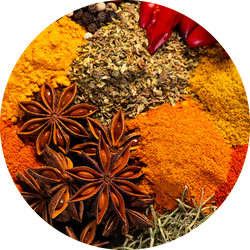
spice
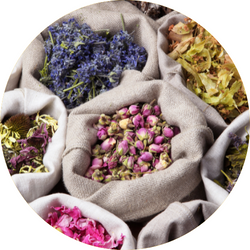
herbal, licorice
Mount Rainier Hop Oil Breakdown
Hop oils can vary from year to year and farm to farm but based on our research, here are the typical values we have seen reported. This information comes from various hop farms, The Hop Aroma Compendium, and For The Love Of Hops.
| Alpha Acid % (AA) Alpha acids are what is isomerized when boiling to create bitterness in beer. | 5% – 8.1% |
| Beta Acid % Beta acids are what give hops their more aroma and flavor compounds. | 5% – 7% |
| Alpha-Beta Ratio This ratio of alpha acids to beta acids determines how quickly bitterness fades during aging. Lower ratios are common for aromatic varieties. | 1:1 – 2:1 |
| Co-Humulone as a % of Alpha Higher numbers are said to impart a harsher bitterness. | 21% – 24% |
| Total Oils (mL/100g) With more total oils, typically comes a more complex hop profile but these are highly volatile compounds. | 0.2mL – 3.9mL |
| Myrcene green, resinous | 58% – 59% |
| Humulene woody, piney | 17% – 18% |
| Caryophyllene woody | 7% – 8% |
| Farnesene floral | 0% – 1% |
| Other Oils: Includes beta-ionine, beta-pinene, limonene, linalool, geranoil & selinene | 14% – 18% |
| Hop Storage Index (HSI) The HSI indicates the percent of alpha and beta acids lost after 6 months of storage at room temperature (68°F or 20°C). | Data Not Available |
| Hop Storage Index (HSI) Rating | Data Not Available |
Mount Rainier Hop Substitutions
Replacing one hop for another is seldom straightforward but sometimes you don’t have the right hop or the right quantity of hops for the beer you want to make. For those situations, we have made a comprehensive list of hops to substitute on brew day.
These substitutions aren’t perfect as hop chemistry is pretty complex.
We wanted to make this list of substitutions with varietals that are easy to find when possible. For Mount Rainier, we recommend substituting with the following hops:
Beer Styles
For the most part, any hop could have a place in just about any beer style. Based on popular beers, historical usage, and our own preferences, we would recommend using Mount Rainier for IPA, New England IPA, Pale Ale, Wheat Beer, Golden Ale. That being said, experiment and see what works best for you.
References
https://www.hopslist.com/
https://www.ars.usda.gov/
https://www.brewersassociation.org/
https://www.barthhaasx.com/
https://www.yakimachief.com/
Hieronymus, Stan. For The Love of Hops. Brewers Publications, 2012
The Hop Aroma Compendium. 2012

